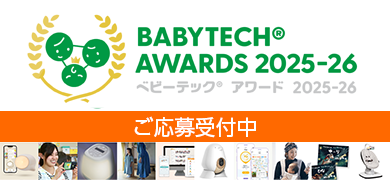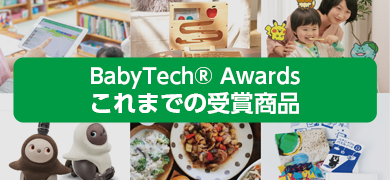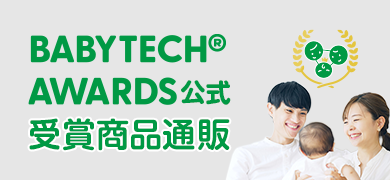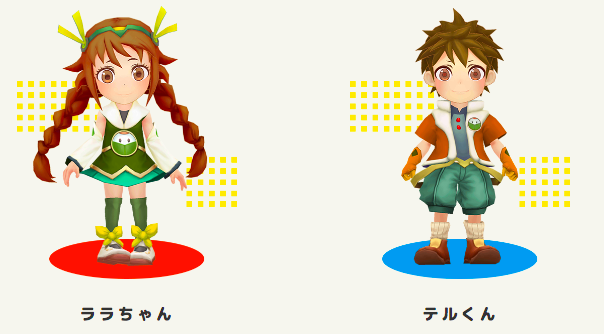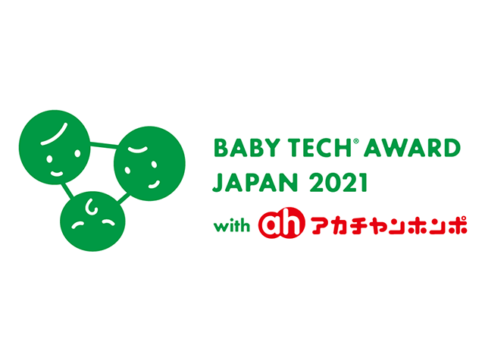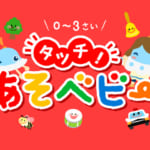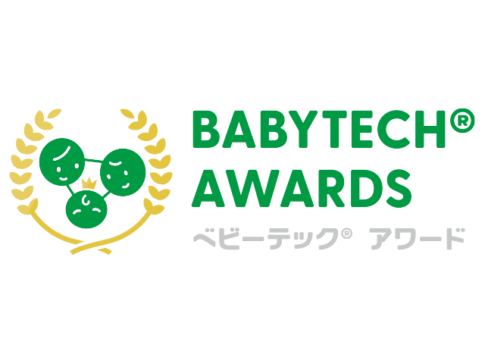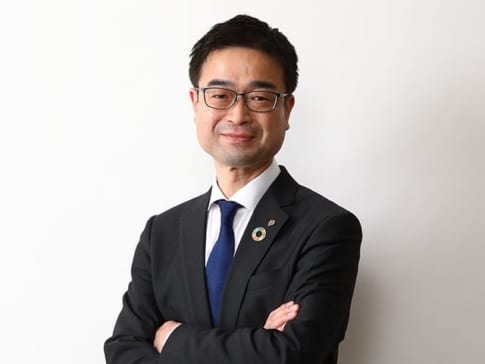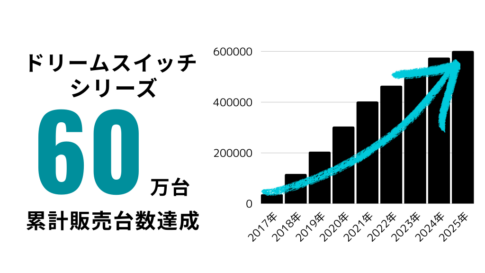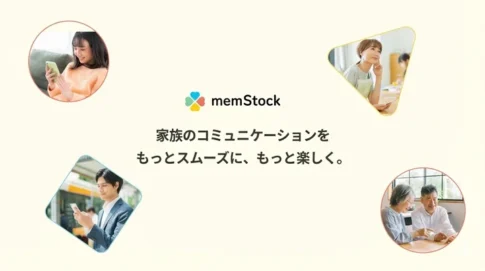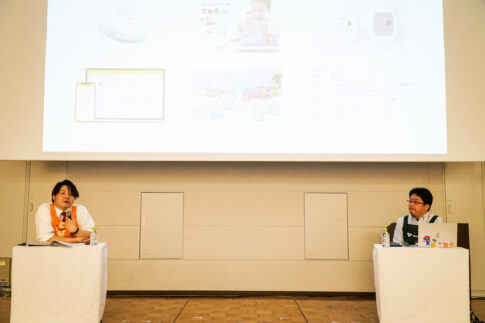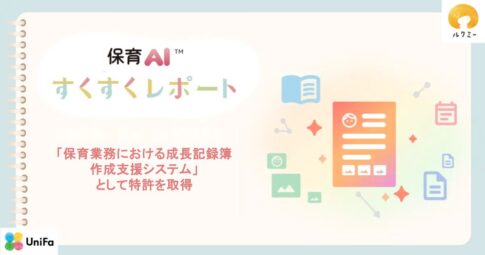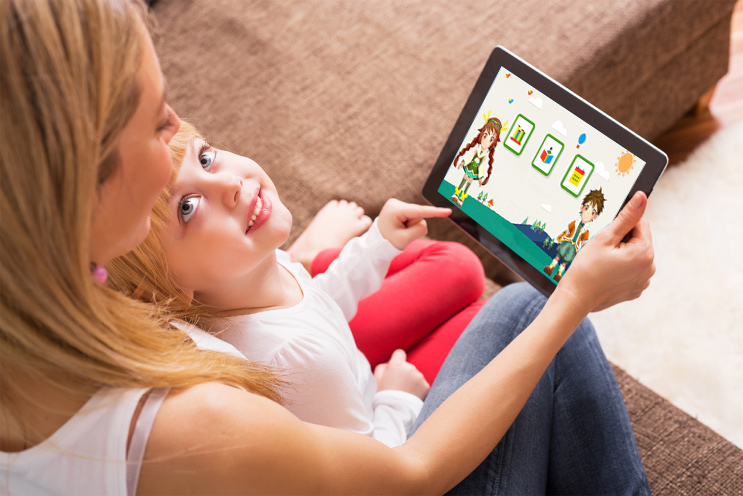
- KIKASETE is an application that develops children's ability to think and communicate through the reading of original picture books
- An application to support parents' "wishes" for their children's happiness with a unique curriculum and the three "concerns" that parents have in raising their children: time, energy, and money.
- This fall, the program has been further upgraded! New content has been added to develop your imagination by looking at famous paintings.
Concentration, reading comprehension, language skills, empathy for others.... Through reading experiences, children acquire the skills necessary for social life. Above all, exposure to various worlds through stories will enrich children's life experiences. An application that can maximize the benefits of reading is the "Reading App" introduced in this issue ofKIKASETE".
."BabyTech® Award Japan 2021 Learning and Playing CategoryKIKASETE, which won the Excellence Award in the "KIKASETE" category, is a picture book application that develops the ability to think and communicate. By reading original picture books and answering related questions, children can enhance their ability to think and communicate their feelings to others. In this interview, we spoke with Tomomi Okuno, president of AvirityInformation, the creator of KIKASETE, about its appeal, how it was developed, and its future development.
(We spoke to...)
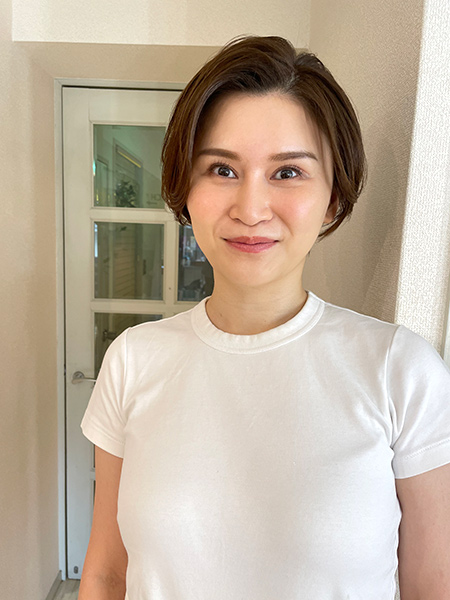
AvirityInformation, Inc.
representative director (i.e. someone chosen by the board of directors from among the directors to actually represent the company)
Yumi Okuno
Original picture books and well-thought-out "questions" develop children's abilities.
Editorial:Thank you for your time today! First of all, please tell us about the features of the KIKASETE picture book application.
Okuno:KIKASETE is an application for developing the ability to think and communicate. As you read the original picture book, you will be given quizzes related to the content, questions that delve into specific things, and questions that ask how the children felt about the picture book and why.
Editorial:So there are many mechanisms to expand knowledge based on the contents of the book and to develop the child's own thinking ability, rather than just reading the book!
Okuno:Yes, I have. As a flow, when you open the application, picture books appear and you choose the one you are interested in. Inspired by the concept of flipped learning, the curriculum is one set of preparation and review, so that the same picture book will appear the next day. After reading, a unique curriculum is developed, including quizzes and questions based on the content of the picture book. At the end of the reading, we believe that it is an even better reading experience when parents and children can talk about the contents of the picture book together.

Editorial:There are all kinds of questions!
Okuno:Yes, for example, there are "think questions" that ask about the context of the picture book, "speech questions" that dig deeper into the child's thoughts in line with the content of the picture book, and "quizzes" that are knowledge questions. For "speech questions" in particular, we ask the children why they thought that way, but emphasize that we do not deny their opinions.
Editorial:What is the intention there?
Okuno:There are two reasons. One is to cultivate the ability to express in words what one thinks in one's heart, and the other is to provide an opportunity for children to "get to know themselves". For example, when you watch a movie, you can easily answer the question, "Did you enjoy the movie? but it is a little difficult to answer the question, "Why did you think so? but it is a little difficult to answer the question, "Why did you think so?
Editorial:Indeed, even adults wonder "Why...?" Even adults wonder "Why...?
Okuno:The child himself asks, "Why did I think the way I did?" This is also an exercise in learning about one's own way of thinking and personality. This realization will lead to self-knowledge and self-affirmation.
Editorial:Very interesting!
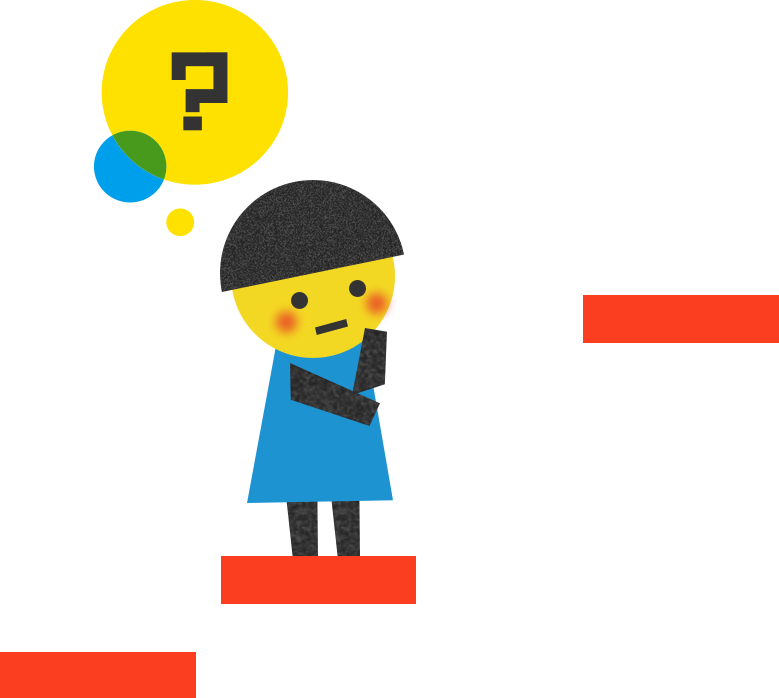
https://kikasete.mariaproject.com/message/
Okuno:Self-affirmation means "I'm OK, I can do it! I can do it! I can do it! In reality, however, we believe that self-affirmation is "a mindset that understands one's own potential and value, that one's existence on this earth is very precious, and that one's existence contributes to the future and possibilities of the earth. In fact, we believe that it is "the mind that understands one's own potential and value, that one's existence contributes to the future and possibilities of the earth. We believe that this is a mindset that understands one's own potential and value. Based on this idea, the application is designed to help children become aware of their own thoughts and feelings from a young age.
Editorial:Deep..! You can tell that the application is very well thought out. Now please tell us about the "quiz".
Okuno:In the "Quiz" section, questions are designed to help children expand their knowledge and interests from books. For example, in the picture book "Momotaro," peaches are mentioned, and the question is something like, "Which prefecture in Japan produces the most peaches?" The question is something like "Which prefecture in Japan produces the most peaches?
Editorial:So you have a system that allows you to string together knowledge based on certain words! Please tell us about the picture books from here. I think one of the features of KIKASETE is that it is a completely original picture book. What kind of stories do you have?
Okuno:It covers a wide variety of areas. For example, there are books about the importance of compassion, books to learn about SGDs, picture books about food, and so on. The total number of books is about 250, and the contents are produced under the supervision of an employee who specializes in children's books and has served as a judge for the Picture Book Award.

Editorial:What are some of your important points regarding picture books and reading to children?
Okuno:While there are things such as enjoyment and readability, the most important thing for us was diversity. We want people to know through our picture books that there are as many values, ways of thinking, and justifications as there are people. I also believe that being aware of various ways of thinking and seeing things will help them to understand others and to have a wider range of choices within themselves. As for reading aloud, we have recently changed the sound from a synthetic voice to a narrator.
Editorial:That is a big change.
Okuno:This has been quite popular, and my child does KIKASETE at home every day, and I think his interest in the book has increased even more since the professional narrator. I would also say that it is soothing to listen to, and it is a good narration that really sinks in.
Editorial:That's good! Can you also tell us how you decided to change the voice?
Okuno:As for the voice, for some time now we have been debating within the company whether to use a synthesized voice or a narrator's voice. However, the 2021Baby Tech AwardI decided to do it when one of the judges said to me, "Why don't you try narration to increase the immersive experience? I decided to do it. It was a lot of work to change everything, but I am proud to say that the quality of the application has improved.
Some users have told us that they use it to put their children to sleep.
Editorial:I'm glad to hear that the BabyTech Award was a catalyst for you, and I understand that KIKASETE has a character that assists you in the app.
Okuno:Yes, we plan to add more characters in the future, but currently we have two characters, Lala and Tell-kun. When creating the application, I read various papers, and one of the ways to increase the effectiveness of children's learning was to put yourself in a position to teach someone else, so I decided to create the characters. The design was to be something that would be endearing and could be seen as a friend.
Editor: You really have put a lot of thought into this application! Thank you.
Creating apps based on many research findings and learning methods
Editorial:From here, I would like to talk to you about the production of KIKASETE. What made you decide to create the application?
Okuno:I myself was very bad at reading to children. However, I wanted to communicate with my children through books. I thought that there might be many parents with similar problems, so I started thinking about the possibility of creating a service that would read aloud to children.
Editorial:I would say that reading aloud to children requires acting skills, and it is important to be able to read and express oneself with one's voice, and I think there are many people who are not very good at using their own voices. I heard that you used various research data and educational methods as the basis for your development.
Okuno:In developing the program, we first researched articles in the fields of reading methods, child psychology, and education in Japan and abroad, as well as curriculum design philosophies of various educational institutions. In addition, the theories of the International Baccalaureate (*1) and Dialogic Reading (*2) were very helpful to us as we conducted surveys at professional conferences and in the field of education. For example, I was shocked when I saw a school that had adopted the International Baccalaureate program. In class, when asked the question, "What kind of being is 3 in this universe?" I was shocked when I saw a school that had adopted the International Baccalaureate program. I was also very impressed by the classes that valued free thinking and the essence of the number, not being bound by fixed concepts.
(*1) The International Baccalaureate (IB) is an international educational program offered by the International Baccalaureate Organization based in Geneva, It aims to help children understand and cope with the complexities of the world, and to qualify them to enter an internationally recognized university.
(*2) A reading method that has been studied for many years at Harvard University and other American universities. It emphasizes not only the development of children's thinking skills, but also the development of their ability to analyze stories and to communicate their own ideas.

https://kikasete.mariaproject.com/message/
Editorial:It is totally different from Japanese schools.
Okuno:Another interesting idea was to look closely at one thing. For example, when using peaches as a subject, one might ask, "What kanji character would you write?" How many grams?" Where do peaches come from? How is it made? Does it have flowers?" and so on, we look at things in depth across subjects.
Editorial:So this is reflected in the question you just asked.
Okuno:I came across Dialogic Reading while researching various reading methods. I found it very helpful in the timing of questions and in the design policy for parent-child interactions.
Editorial:I can feel your passion for the application. How long did it take you to develop it?
Okuno:It took about a year and a half. During development, we spent many days repeating trial and error while listening to the reactions of users. At first, we received some harsh criticism because of the negative impression of so-called "smartphone parenting" and the fact that it was a prototype. However, we wanted to address the three issues that parents face when raising children: time, money, and energy, and to alleviate some of the "anxiety" that parents feel when raising their children. We have continued to make improvements with this in mind.
We have made improvements one by one, and we have received many comments of "it was good. There is no parent who does not wish for their child's happiness. I would like to create a service that can accompany and support parents in their "actions" toward that "wish," so that both parents and children can be happy together and have more time to smile.
Editorial:You must have gone through a lot of hardships. What kind of feedback have you received since the current application was launched?
Okuno:I was so moved by the growth of my child!" We have received many comments such as, "I was so impressed by my child's growth! We hear things like, "My child was thinking like this," or "My way of looking at my child has changed," by hearing the child's own thoughts, which is difficult to hear in daily communication.
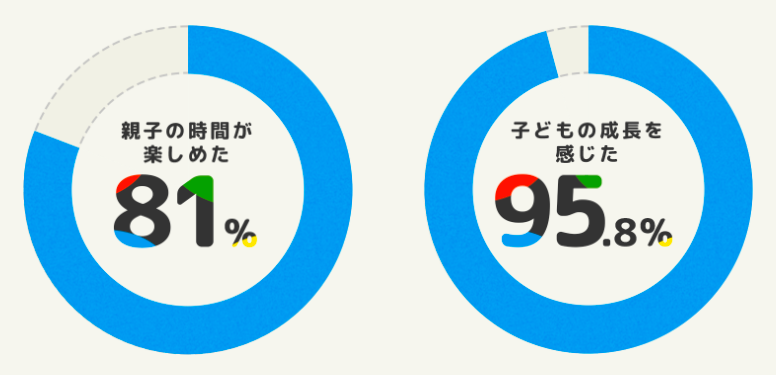
Editorial:Parents are likely to be surprised by their children's growth and praise them, which will create an even better cycle!
The content has been further enhanced with the addition of the art field!
Editorial:Finally, what is KIKASETE's vision for the future?
Okuno:Yes, we would like to continue to reflect user feedback in the content of the application, and at the same time, we would like to incorporate content that allows children to output their own ideas in the arts, such as music and painting! (*As of October 2022, the app has already been updated as a "painting curriculum.)

Editorial:That sounds like interesting content!
Okuno:We hope that visitors will gain a deeper understanding of the paintings by not only showing them the paintings, but also by sharing their knowledge of the artists and the historical background of the paintings.
Editorial:I will keep an eye out for future updates! Thank you for your time today.
After the interview
What struck me after my interview with KIKASETE was the potential of baby tech. As Mr. Okuno mentioned, baby tech sometimes gives a negative impression of "smartphone childcare," but I felt that if the developers have a solid desire to "solve this issue" and update the content through close communication with users, it can make child-rearing and parent-child time richer and more enjoyable. I felt that if the developers have a strong desire to solve this problem and update the content through close communication with users, it will make child-rearing and parent-child time more rich and enjoyable.
KIKASETE" Official Website
https://kikasete.mariaproject.com/
Interviewing and writing:Misako Tateoka

From an IT company, she switched careers to the editing and publishing industry. Currently, I work as a freelance editor and writer, editing and writing in a wide range of fields such as travel, gourmet, and social.
What is important is "to convey valuable information to readers in an interesting and easy-to-understand manner.
He has been involved in the production of numerous magazines, including TRANSIT, FRaU, and Metro Minute.
BabyTech is always stimulated by all the services and products that I wish I had when I was a child! I am always inspired by the things I encounter at BabyTech. My hobbies are traveling, cooking, and aikido.

